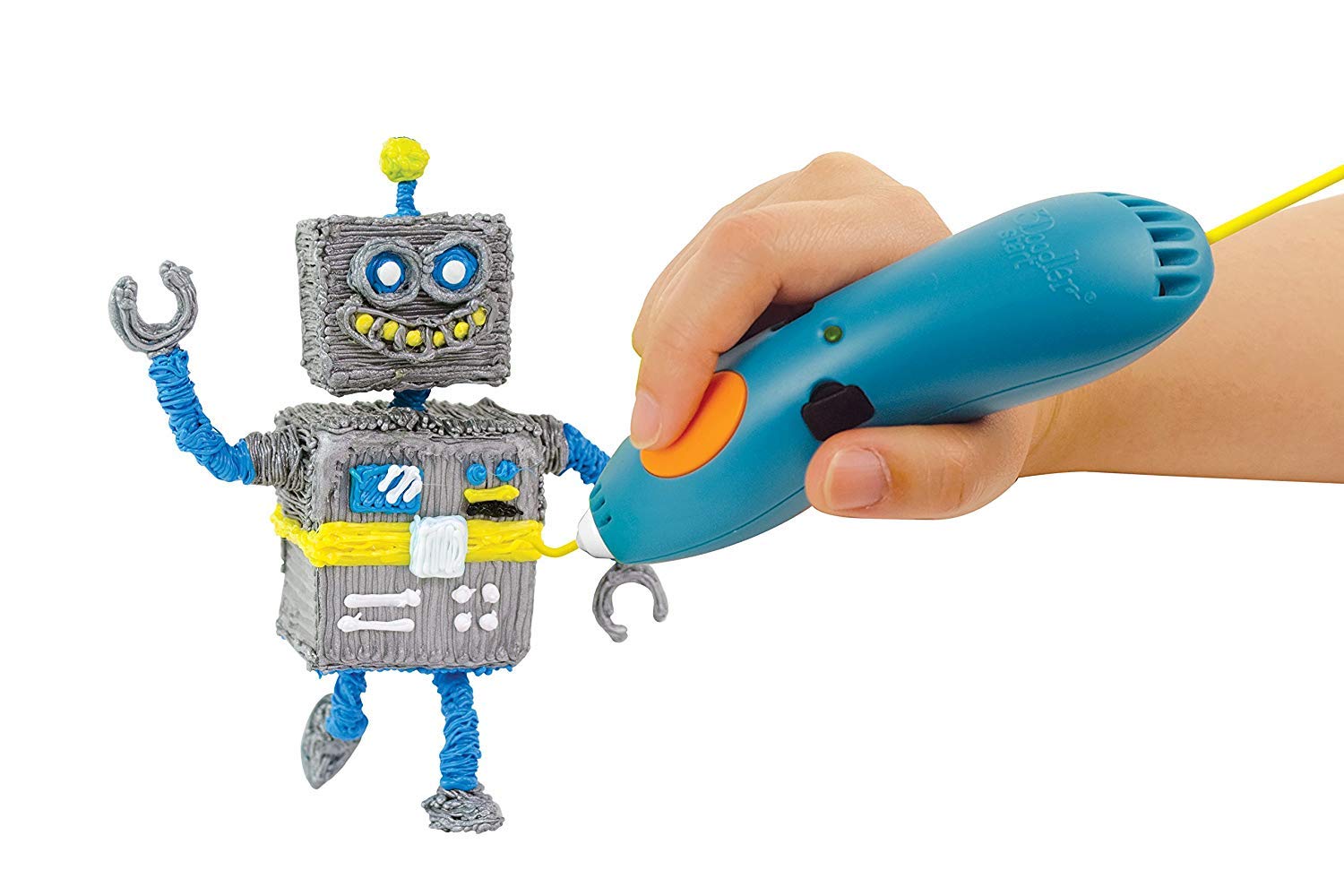-
Versatile Creative Tool: 3D pens offer a new dimension of creativity. Users can draw in the air, creating intricate designs, sculptures, and functional objects with ease. It's a great tool for artists, designers, and hobbyists.
-
User-Friendly: 3D pens are designed for ease of use. Most models are lightweight, portable, and feature intuitive controls. They are suitable for all skill levels, from beginners to experienced users.
-
Wide Range of Materials: While most 3D pens use PLA or ABS plastic, some models support various filament types, including wood, metal, and flexible materials. This allows for a greater diversity of projects.
-
Educational Tool: 3D pens have educational value. They can be used in classrooms to teach concepts in STEM (Science, Technology, Engineering, and Mathematics) and art. They encourage problem-solving and spatial thinking skills.
-
Repair and Modification: 3D pens can be used for quick fixes and modifications. They are handy for repairing or enhancing objects around the house, such as plastic toys or broken appliances.
-
Prototyping: For inventors, engineers, and designers, 3D pens are useful for creating quick prototypes and proof-of-concept models. This can save time and resources during product development.
-
Customization: Personalize items by adding 3D designs or textures. You can embellish phone cases, accessories, and home decor items with unique patterns and structures.
-
Artistic Expression: Artists can use 3D pens to create sculptures, intricate jewelry, and other unique artworks. The versatility of the medium allows for a wide range of artistic expression.
-
STEM Learning: 3D pens are used in educational settings to teach science, technology, engineering, and math concepts. They provide hands-on experience in design and engineering principles.
-
Cost-Effective 3D Printing: While not a replacement for 3D printers in terms of scale and precision, 3D pens offer a more cost-effective way to experiment with 3D printing technology and create smaller-scale 3D objects.
3D pens are indeed amazing tools that bridge the gap between 2D drawing and 3D printing, allowing for limitless creativity and practical applications. They continue to evolve, with new features and capabilities, making them even more appealing to a wide range of users.




Comments (0)